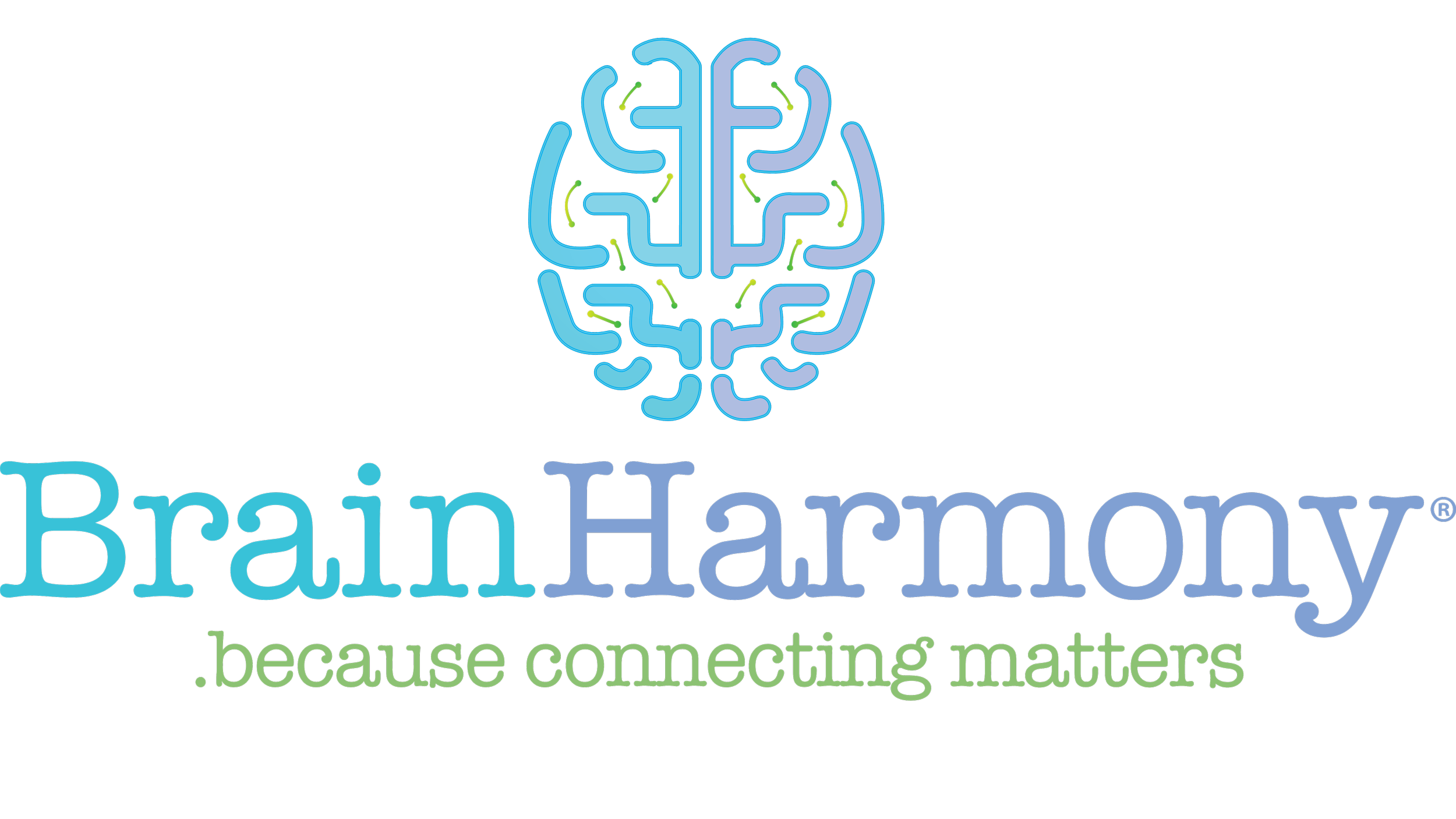Developmental Delays
Developmental delays are very common, but very treatable conditions. According to the CDC, 17% of children in the United States, or about 1 in 6, have at least one developmental delay. Boys are more likely to have developmental delays than girls, with 7.31% of boys and 3.94% of girls having developmental delays between 2019–2021.
Usually this term is assigned to young children by a pediatrician after a parent and/or teacher notices their child is:
Behind in expected developmental phases, as compared to their peers or siblings at their age
Developmentally slowing, plateauing or losing previously-obtained skills
Exhibiting lower-than-normal development in fine motor, gross motor, cognitive, social, speech or emotional skills
Getting treatment that includes occupational therapy, speech therapy and/or physical therapy service, which can include clinic visits of in school manual therapy where the child is asked to participate in activities intended to increase the skills through exposure and repetition.
At Brain Harmony we blow through these developmental delays, and can catch a child up on the lost skills in several months' time frame due to the sequence of care, the accelerants to neurological organization that are used, and our award-winning home program. While the level of outcomes is dependent upon the cause of the developmental delay, there is no other program that is more powerful at walking a child out of this and other diagnostic codes.
SUCCESS STORY: Check out Harper's story below, told by her mother at graduation from Brain Harmony, and then the second interview with Harper’s mom several years later!
Speech and Language Developmental Delays with Sensory Integration Concerns
At two years and nine months old, Harper was only able to use about 30 words, could only label items, and was not using her words to communicate. Her speech therapist was having trouble making progress, and her lack of communication was tough on the family. After about three months of using Brain Harmony over the summer, Harper became a different person. She started communicating in sentences, reading, and acting like a vibrant young girl.
Her Mom’s report at the time: “Harper got off of her therapies in May, so we were able to do it throughout the summer, and when we came back in August her therapists were floored, and that was the only change we had made. They didn’t even know what we were doing. When I had her IEP meeting they said ‘When you left, you left with a different kid than you came back with.’”
UPDATE THREE YEARS LATER: “Harper is doing spectacular. She is unbelievably social and intelligent. Most people are surprised to hear she had any developmental delays. I never could have expected her to be doing as well as she is. She is thriving. We had an incredible experience with the program.”
Watch the updated video below at Documenting Hope, and how Brain Harmony was instrumental in her developmental delays simply evaporating!
Our proprietary 5-Step Plan of Care is based on proven protocols, therapeutic activities, with over 20 years and 250,000+ hours of combined clinical practice.
Most importantly, our 5-Step Plan of Care is completely tailored to your unique challenges, needs, and goals.
So you can get the personalized care you (or your child) needs to achieve the outcomes you need.

